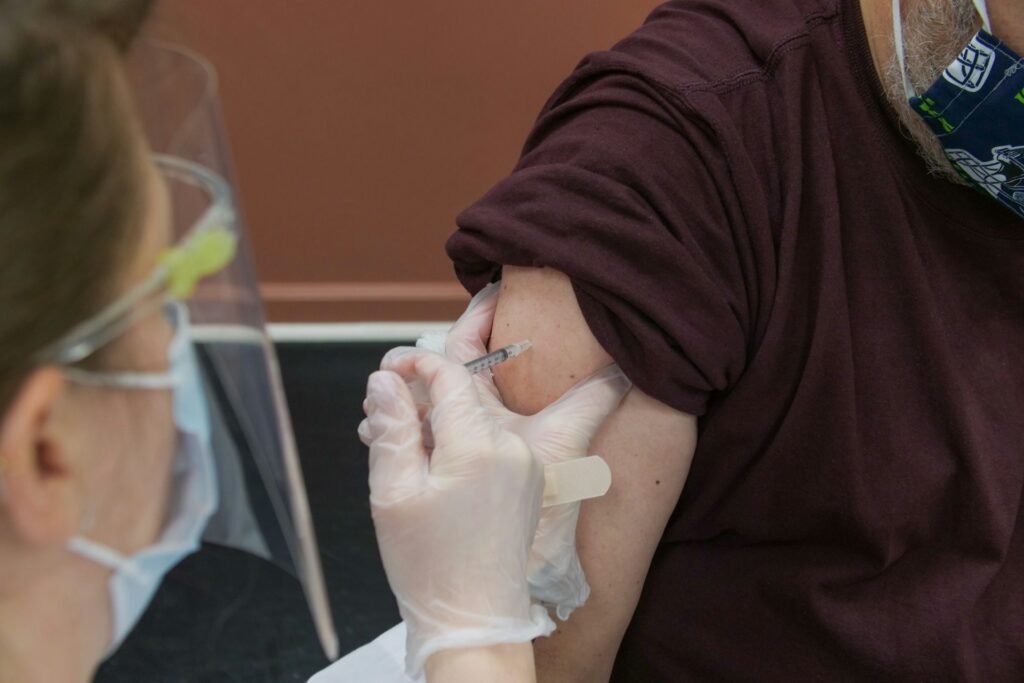As the world continues to deal with the impact of the COVID-19 pandemic, there remain many illnesses that require research and attention, including orphan diseases that rarely get either in the best of times.
Investors are trying to provide the funds needed by researchers and drug manufacturers to develop new cures. But drug development is not easy or cheap. Now, investment may be limited even further by policy proposals that would require drug manufacturers to negotiate drug prices with the federal government, as well as a proposed change to the Orphan Drug Act that would eliminate a tax credit for clinical trials if the drug was previously approved for a different use.
Whatever happens in Washington, more funding is needed to conduct research and development for new drugs for rare diseases. This is why the Institute for Life Changing Medicines has been founded as an innovative model to effectively identify, develop, and promote access to new medicines.
The challenges with new drug development
In 2020 there were only 49 Food and Drug Administration (FDA) approvals of new drugs. For context, there were 6,517 programs in the clinical pipeline in the same year. Ultimately, the number of drugs that get approved on an annual basis across the board is minuscule in comparison to the total number of programs being pursued at any given time.
Patients with rare and orphan diseases are often left behind. 1 in 10 people in the United States live with rare diseases, yet due to the relatively small population size of each disease, there is essentially no financial incentive for larger companies to commercialize the cell and gene therapies these patients need.
More clinical trials are needed so that more drugs get approved for patients in need. For more clinical trials to happen, greater investment in R&D is required—and this can only happen if investors have incentives to do so.
Filling a gap
“We have an incredibly vibrant for-profit drug development system today that works great for fighting most diseases,” the Institute’s Co-Founder and Chairman Alex Karnal told Bio.News.
But in this system, some technologies designed to serve very small patient populations “have to charge such high prices to make the investment math work” that proceeding with them is not commercially viable.
Dr. Jim Wilson, the Institute’s Co-Founder and Chief Medical Officer, stated that “as a non-profit organization with a for-profit model, the Institute will address the challenge by collaborating with partners across the drug development ecosystem to identify, fund, develop, and promote access to new medicines.”
The first disease the Institute is working on is Crigler-Najjar Syndrome Type 1 (CN-1). Moderna, has licensed a new mRNA therapeutic (mRNA-3351) for CN-1 to the Institute with no upfront fees as well as no downstream payments. The Institute will begin its clinical studies of mRNA-3351 next year.
Karnal explained that funding for the Institute in large part would stem from pursuing therapeutics that ultimately would qualify to receive Rare Pediatric Disease Priority Review Vouchers from the FDA, which are worth “around $100 million,” he said. “Each voucher–which we will have an opportunity to sell securities against to raise capital and accelerate the development of these programs–will kick off a virtuous cycle of innovation.”
A challenging regulatory environment for drug development
Even with this innovative model, drug price controls could make investment even more challenging. Per a recent letter signed by Karnal, immediate former BIO Chair Dr. Jeremy Levin and around 400 other investors and small biotechs, “Congress is considering allowing the government to dictate the price that a company may charge for a novel drug.”
While the thinking is that price negotiation would reduce premiums, in reality, these proposals would result in a reduction of R&D spending by pharmaceutical manufacturers. An August Congressional Budget Office Working Paper estimates such legislation would “lead to 2 fewer drugs in the first decade (a reduction of 0.5 percent), 23 fewer over the next decade (a reduction of 5 percent), and 34 fewer drugs in the third decade (a reduction of 8 percent).” These numbers are conservative in comparison to other estimates. Ultimately, price negotiation with the government would spook investors and foundations needed to fund research such as the work being done by the Institute.
“We’re here to be a complement to our for-profit colleagues by creating a home for their technology to be deployed to do more good for people that are suffering from diseases otherwise left behind,” Karnal told BIO.
A lasting legacy
Along with Karnal and Dr. Wilson, The Institute was co-founded by the late Dr. Tachi Yamada, who unexpectedly passed away in August 2021. In a conversation with BIO, Dr. Wilson explained that “doing the right thing for those suffering from diseases” is what drove Yamada.
Beyond CN-1, the Institute also plans to tackle Lesch-Nyhan Syndrome and Niemann-Pick A. This marks only the beginning of what the Institute hopes will be many years of groundbreaking work.




